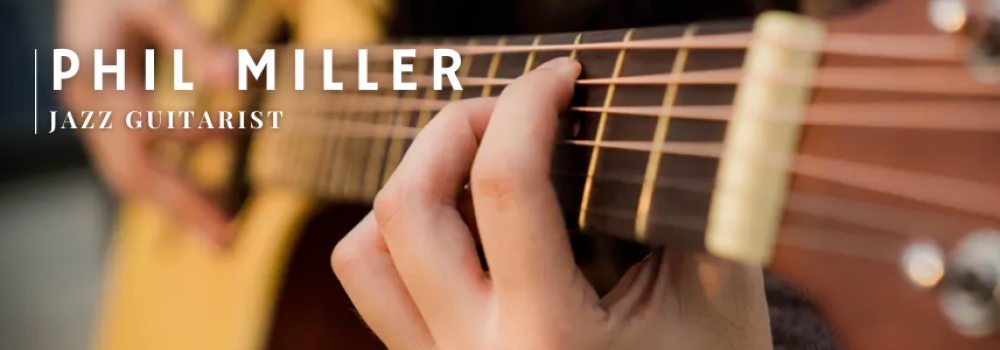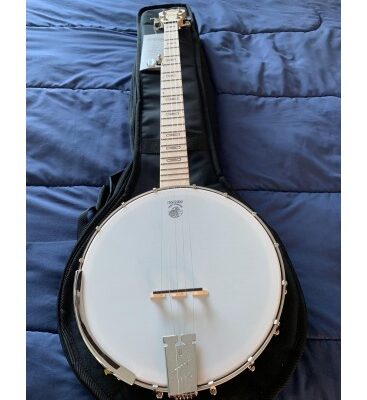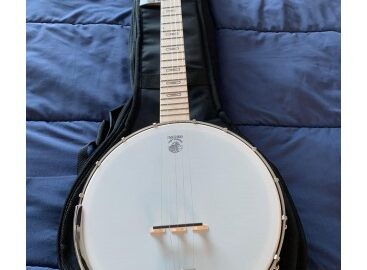Acoustic Jazz Guitars: Some Fascinating Facts
Acoustic guitars create sound through acoustics, which is the vibrations of six strings. They have a rich past; Spain is a major contributor to its development. Jazz music is an art form that has existed for a long time. Jazz guitarists carefully choose their instruments. They want a clear, dry sound with minimal or no effect. They only want a particular type of acoustic guitar.
A Brief History of the Instrument:
Let’s start by looking at the history and evolution of acoustic guitars. Cithara is the first modern acoustic. These instruments were first introduced by the Romans. Then, Moors created the form and made it a 4-string instrument. In Europe, the six-string guitar lute was extremely popular. Spanish invented the Vihuela guitar-like instrument, which was similar to a guitar but could be tuned like a violin. The current version was developed from this. There are many types of modern acoustic instruments: classical guitar, twelve-string guitar, and bass guitar.
Classical guitars: These are made up of nylon strings that can be played with the fingers.
Twelve-string guitars: It is composed of six pairs of strings. This guitar is often used to play rock and roll, jazz, and folk music.
Acoustic bass guitar: This guitar has only four strings; the strings are made from steel.
There are many types of acoustic guitars for jazz, including the Russian, Portuguese, flat top, arch top, and extended-range guitars.

Jazz Players’ Guitar Selection:
Jazz players have a wide range of options. They are semi-acoustic hollow bodies, but it is not always that way. They prefer hamburker or P90 style pick-ups to achieve the desired sound. Jazz was traditionally performed on acoustic instruments. Many guitarists started to use the electric guitar regularly in the 1940s. They used an electric archtop guitar with a magnetic pickup.
In the 1990s, guitarists were re-inventing themselves with acoustic jazz instruments. They were now experimenting with archtop acoustics guitarists with floating pick ups. European spruce (Sitka spruce), Engelmann spruce and Sitka spruce are used mainly for the resonant tops on flat-top and arch-top models. Red Spruce and Western Red Cedar are also used by some guitar manufacturers for the acoustic guitars. Most archtop guitars have Curly Maple or Quilted Maple backs.
A few handmade flat-top and arched-top guitars are available. There are also mass-produced guitars that are made by multiple manufacturers. A guitar is built in six months, for a jazz instrument. Builders take time to select the maples, exotic woods and other materials that will be used in building instruments. The final step is to apply a hand-rubbed lacquer. Many manufacturers now make guitars from alternative species of wood due to the inability to find premium quality tonewood and the high price. A solid top is essential for guitar tone quality. This is what musicians all agree on. Many jazz musicians prefer acoustic guitarists with laminated sides or backs.
Save money on banjo for sale at Guitar Center. which is so awesome to play and its a great in demand.
It takes time and skill to create a perfect guitar that can be used in all styles of jazz playing. Acoustic guitars can be very useful and are easy to use. All guitars were originally acoustic before the invention of electric. Acoustic guitars can be described using terms such as folk guitar, steel string guitar and classic guitar. The guitar’s overall tone or performance is affected by the various combinations of strings and woods. Experts believe that the tone of well-made acoustic Jazz guitars will improve over time.






Hi, very interesting facts you have! I love playing guitar so I’m always interested in everything guitar-related. The oldest guitar looks awesome! Thanks!